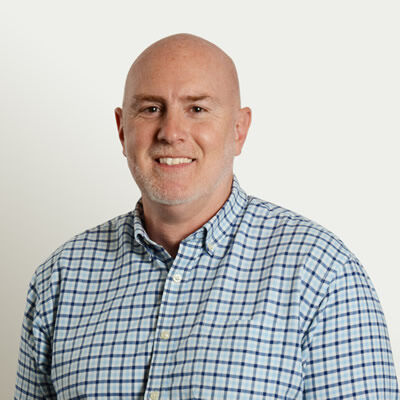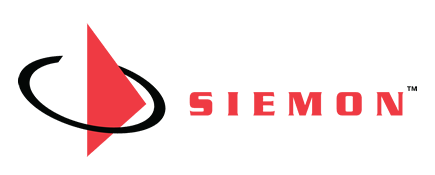“It is well understood that deploying 30 W and higher remote powering applications, such as Power over Ethernet (PoE) and Power over HDBaseT (POH), over balanced twisted-pair cabling produces a small degree of heat build-up within bundled horizontal cables. This heat build-up does not affect safety, but can affect transmission performance and long-term mechanical reliability. This can vary over differing cable categories and constructions as, for example, cables with larger conductors inherently have less heat build-up due to lower resistance and cables with metallic elements have less heat build-up due to superior heat dissipation properties. Different pathway styles (e.g., conduit versus free air) can also affect heat build-up within cable bundles.
Managing cable bundle size is important to ensure that heat build-up does not exceed the mechanical rating of the cables and that appropriate channel length de-rating is applied to offset additional insertion loss due to increased ambient temperature. While ISO/IEC TS 29125 and TIA TSB-184-A address recommendations for cabling supporting remote powering applications, these technical bulletins are generic in nature and not directly applicable to Siemon cables, which, depending on cable type, can support higher mechanical temperature ratings and offer superior heat dissipation.
The table below depicts recommended bundle sizes for Siemon horizontal cables supporting a variety of remote powering applications. Note that these bundling recommendations are applicable to cables installed in all pathway types, so they are more conservative than would be specified for cables in free air (i.e. non-conduit) installations. Consult the infrastructure design experts at Siemon for information on bundle size recommendations for cables installed in open pathways.
When in doubt about cable mechanical or heat dissipation capability, installation environment, or remote powering application, a conservative practice is to limit maximum bundle size to 24 cables. With the exception of the few instances noted below, this easy to remember practice addresses the majority of media, environmental, and application scenarios.

Dave Valentukonis
North America Technical Services Manager, Siemon
Dave Valentukonis joined Siemon in 1995 and has held positions in Technical Support and Product Management. He is currently the North American Technical Services Manager where he oversees an experienced team of product, application, training, and technology experts that help Siemon customers navigate a diverse and rapidly changing market. He is a BICSI RCDD/NTS and an active member of TIA.





